There has always a lot of evolutionary changes when it comes to naming our famous places. A bigger deal of reasons include names being affirmed about with respect to colonial rule and thereafter on one fine day, the government wakes up and feels super patriotic and ends up and changing them. Plenty of experiences of the same have made us immune to any changes at all.
- Trichinapoly to Tiruchirapalli:
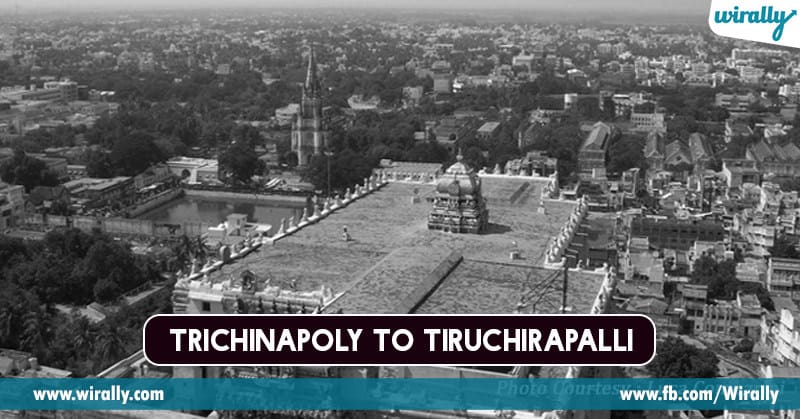 In 1971, Tamil Nadu’s Trichy, as it was previously called, was transformed to a more Indian name for itself. Folklore goes that the name is derived from the existence of three-headed demon Trishira.
In 1971, Tamil Nadu’s Trichy, as it was previously called, was transformed to a more Indian name for itself. Folklore goes that the name is derived from the existence of three-headed demon Trishira. - Baroda to Vadodara ( 1974):
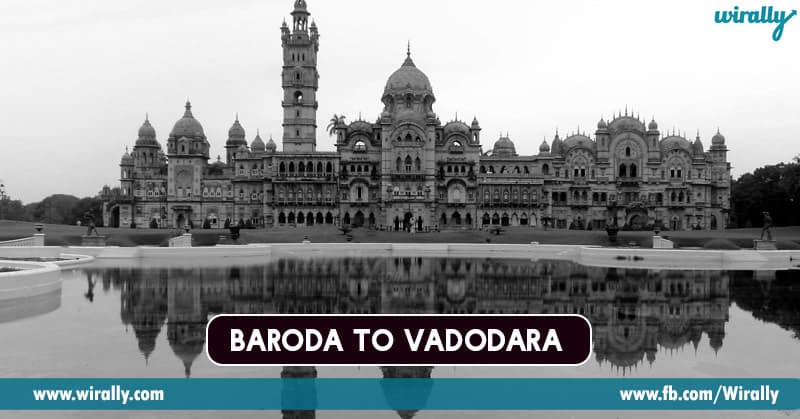 Gujarat’s Baroda went back to identifying itself as Vadodara in 1974. Vadodara derives its name from Vatpatrak or the leaf of the Banyan tree and Vatodar or the heart of the Banyan Tree.
Gujarat’s Baroda went back to identifying itself as Vadodara in 1974. Vadodara derives its name from Vatpatrak or the leaf of the Banyan tree and Vatodar or the heart of the Banyan Tree. - Trivandrum to Thiruvananthapuram ( 1991):
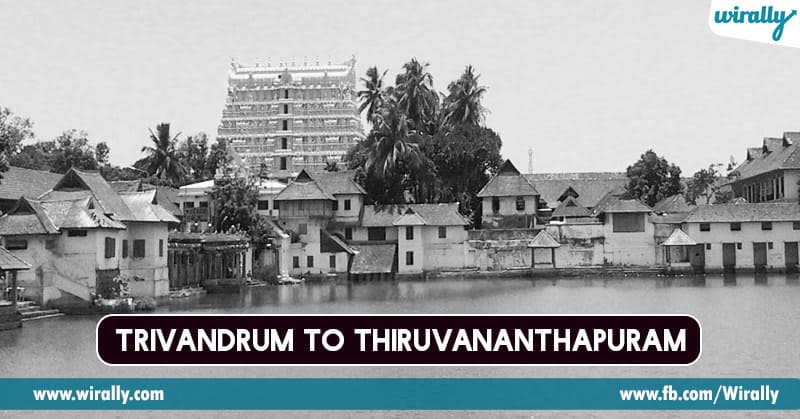 While most people still say Trivandrum, the capital of Kerala has been called Thiruvananthapuram from the year 1991. The name can be broken down in Malayalam as Thiru-Anantha-Puram or the city of Lord Anantha, who is the chief deity at the now famous Sri Padmanabhaswamy Temple.
While most people still say Trivandrum, the capital of Kerala has been called Thiruvananthapuram from the year 1991. The name can be broken down in Malayalam as Thiru-Anantha-Puram or the city of Lord Anantha, who is the chief deity at the now famous Sri Padmanabhaswamy Temple. - Bombay to Mumbai ( 1996):
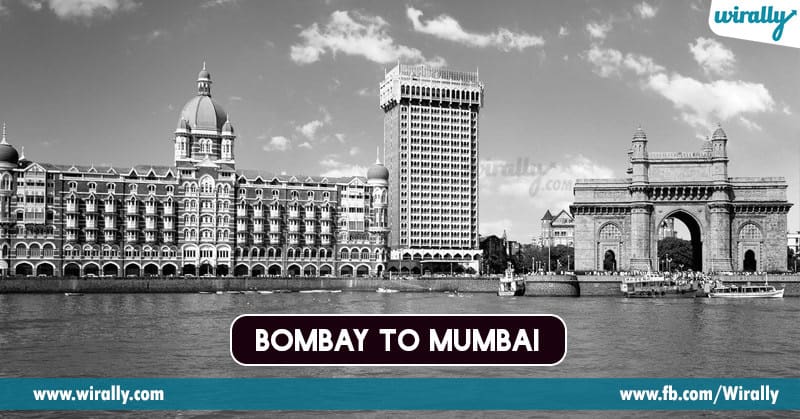 The financial capital of India got its new name in 1996. The name is a combination of the words Mumba (Maha Amba) or Goddess Mumbadevi and Aayi or ‘mother’ in Marathi.
The financial capital of India got its new name in 1996. The name is a combination of the words Mumba (Maha Amba) or Goddess Mumbadevi and Aayi or ‘mother’ in Marathi. - Madras to Chennai ( 1996):
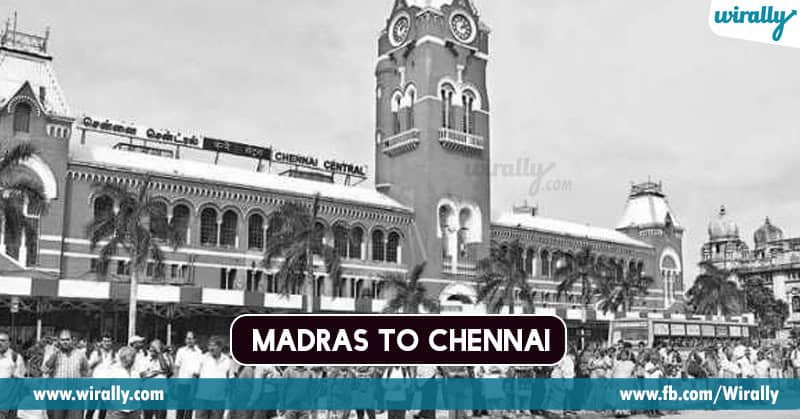 The most drastic of all name changes, Madras became Chennai in 1996. ‘Madras’ was a colonial version of Madraspattinam, a fishing town in current Chennai. As for the origins of the word ‘Chennai’, there are multiple explanations. Some say the city is named after Telugu ruler Damarla Chennappa Nayakudu, others believe the name comes from Chenna Kesava Perumal temple.
The most drastic of all name changes, Madras became Chennai in 1996. ‘Madras’ was a colonial version of Madraspattinam, a fishing town in current Chennai. As for the origins of the word ‘Chennai’, there are multiple explanations. Some say the city is named after Telugu ruler Damarla Chennappa Nayakudu, others believe the name comes from Chenna Kesava Perumal temple. - Cochin to Kochi ( 1996):
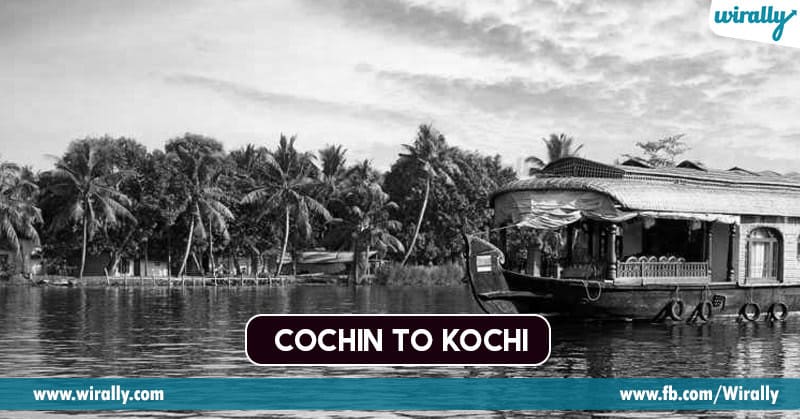 A less anglicised version of Cochin, Kerala’s port city Kochi came into being in 1996 as well. Often called by its mainland name, Ernakulam, Kochi has stood good ground henceforth.
A less anglicised version of Cochin, Kerala’s port city Kochi came into being in 1996 as well. Often called by its mainland name, Ernakulam, Kochi has stood good ground henceforth. - Calcutta to Kolkata ( 2001):
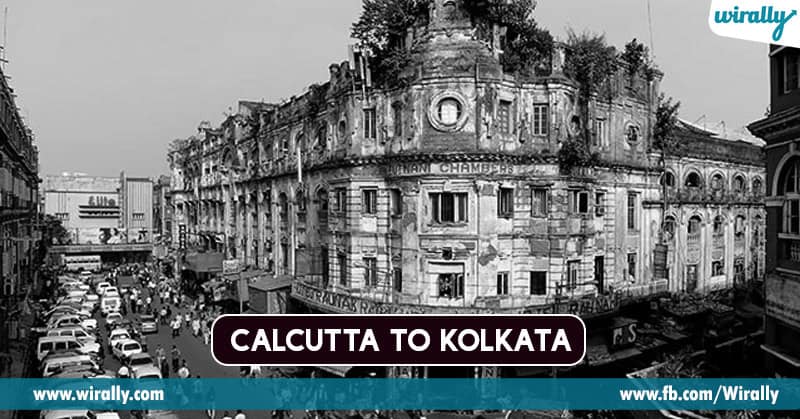 The country’s culture hub, Calcutta or ‘Cal’ adopted its Bengali name Kolkata officially in 2001. ‘Kolkata’ is a shorter version of Kolkata, which is the name of one of the three villages that existed in the region before the British took over India. The other two were called Sutanuti and Govindapur.
The country’s culture hub, Calcutta or ‘Cal’ adopted its Bengali name Kolkata officially in 2001. ‘Kolkata’ is a shorter version of Kolkata, which is the name of one of the three villages that existed in the region before the British took over India. The other two were called Sutanuti and Govindapur. - Pondicherry to Puducherry ( 2006):
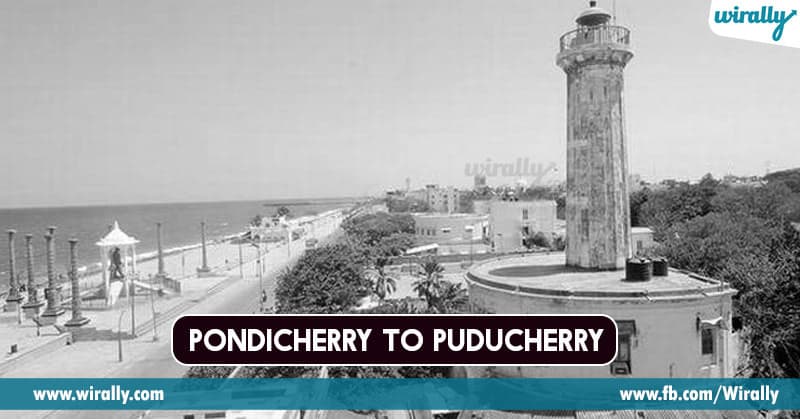 The quaint little French city of Pondicherry got a new name in 2006. Also known as ‘Pondy’, its name in Tamil, Puducherry, literally means ‘new town’.
The quaint little French city of Pondicherry got a new name in 2006. Also known as ‘Pondy’, its name in Tamil, Puducherry, literally means ‘new town’. - Panjim to Panaji ( 1960):
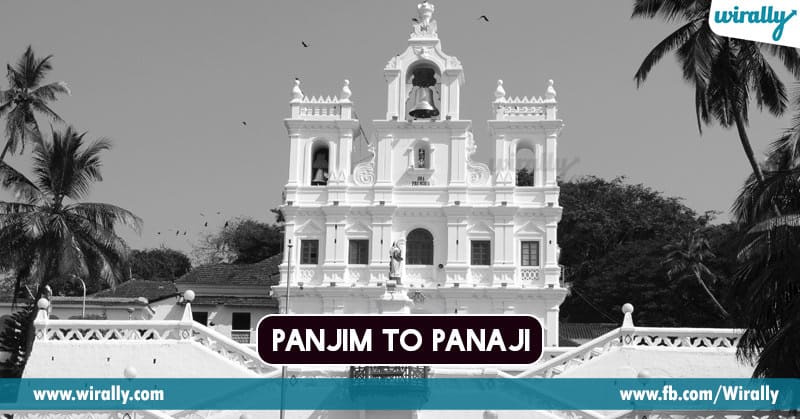 Goa’s capital, Panaji officially detached itself from its Portuguese name Panjim in the 1960s. Interestingly, the city is called Ponnje in Konkani. All three words are derived from Sanskrit words panjani and Khali that mean ‘a boat’ and ‘a small creek’ respectively. Apt, isn’t it?
Goa’s capital, Panaji officially detached itself from its Portuguese name Panjim in the 1960s. Interestingly, the city is called Ponnje in Konkani. All three words are derived from Sanskrit words panjani and Khali that mean ‘a boat’ and ‘a small creek’ respectively. Apt, isn’t it? - Poona to Pune ( 1977):
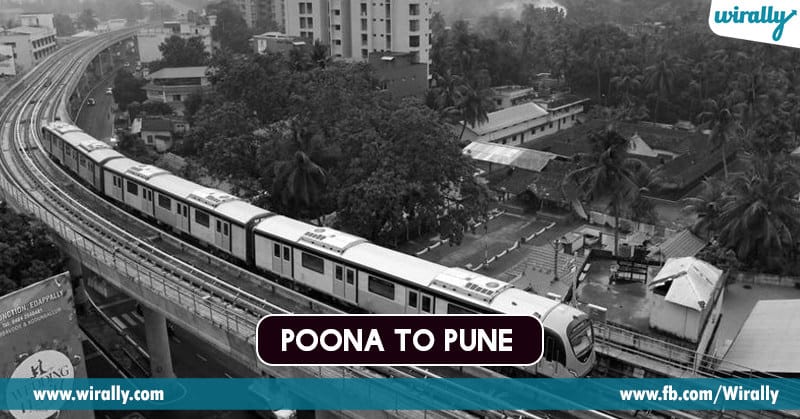 Bombay’s cousin city Pune went from being called Poona in 1977. Literally translated to ‘city of virtue’ Pune gets its name from Punya giri. The oldest reference to the city’s name was found on a copper plate dating back to the Rashtrakuta Dynasty from 937 CE where it was called Punya Vishaya.
Bombay’s cousin city Pune went from being called Poona in 1977. Literally translated to ‘city of virtue’ Pune gets its name from Punya giri. The oldest reference to the city’s name was found on a copper plate dating back to the Rashtrakuta Dynasty from 937 CE where it was called Punya Vishaya. - Allepey to Alappuzha ( 1957):
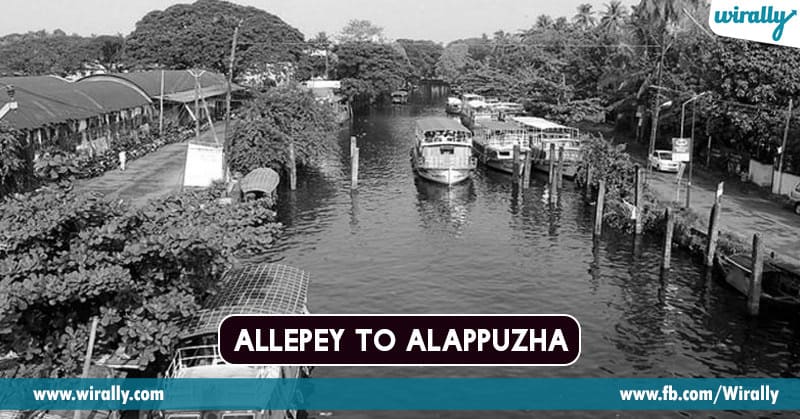 The capital of Himachal Pradesh now, Simla used to be the summer capital of the British during their rule. Derived from the name of Goddess Shyamala Devi, a reincarnation of Ma Kali, Shimla adopted its Indian spelling right after Independence.
The capital of Himachal Pradesh now, Simla used to be the summer capital of the British during their rule. Derived from the name of Goddess Shyamala Devi, a reincarnation of Ma Kali, Shimla adopted its Indian spelling right after Independence. - Bangalore to Bengaluru ( 2014):
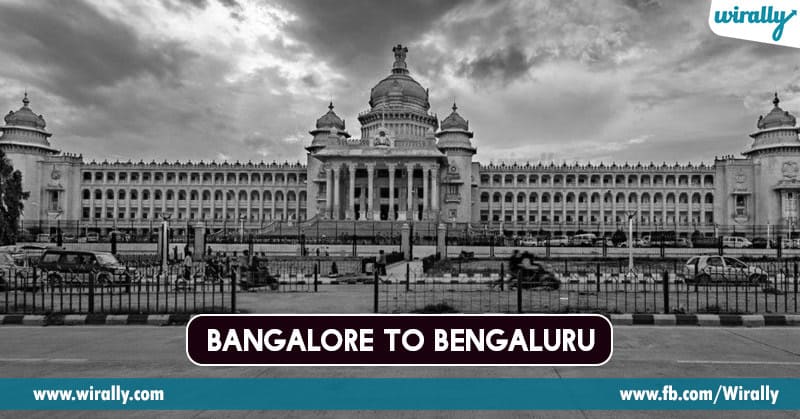 As the city embraced its new identity, In a ninth-century Western Ganga Dynasty inscription in Begur, Bengaluru is referred to as the place in which a battle was fought in 890 CE. Also, this place continued to be a part of the Ganga rule up until the year 1004, when it came to be called ‘Bengaval-uru’ or the ‘city of guards’.
As the city embraced its new identity, In a ninth-century Western Ganga Dynasty inscription in Begur, Bengaluru is referred to as the place in which a battle was fought in 890 CE. Also, this place continued to be a part of the Ganga rule up until the year 1004, when it came to be called ‘Bengaval-uru’ or the ‘city of guards’.
Also Read : Historical Places In Himachal Pradesh














